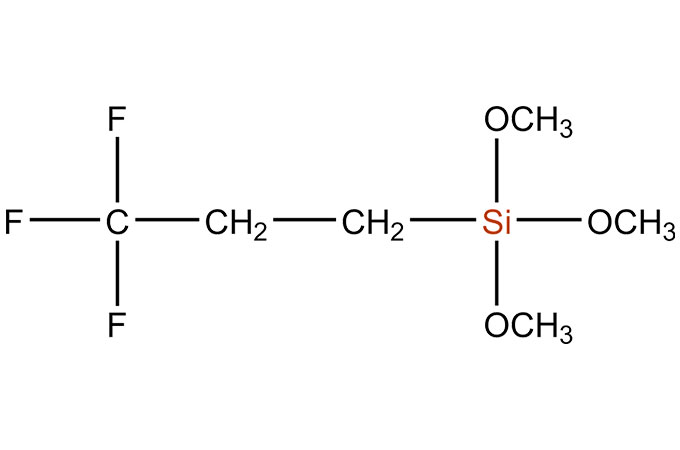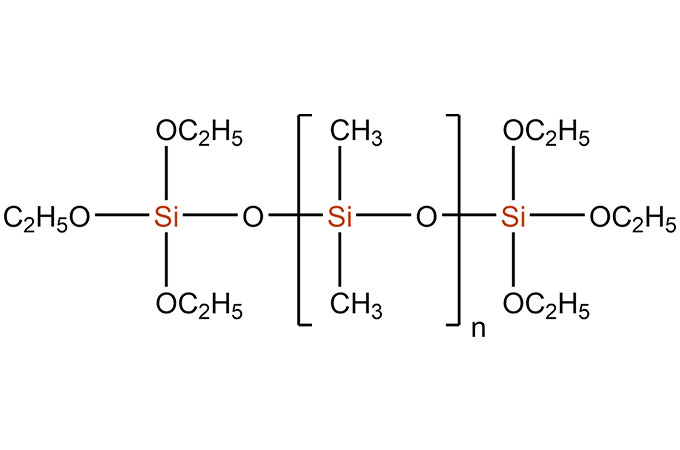Silane coupling agents can alter interfacial properties between different phases. For example, in composite materials such as glass fiber reinforced resins, mineral-filled resins, and elastomers, adhesives, sealants, and filling materials are such cases. The use of silane coupling agents can improve adhesion, mechanical properties, and electrical properties.
Use of silane coupling agents
Silane coupling agents can be used directly or diluted with water and organic solvents, but are rarely used in the form of aqueous solutions or emulsions. It can be added as a pre-treatment agent to inorganic fillers or reinforcing agents, or added to resins, coupling agents migrate to the surface of inorganic components during mixing or compounding. Another way to use silane is to use thousands of concentrates.
When the filling amount of silane is high, it can deposit onto the filler to form a flowable powder, which is important for maintaining adhesion between the resin and the reinforcing agent because the stress is transformed into shear force through the interface.
If this full stress conversion is to be maintained under high humidity conditions, the adhesive must hydrolyze and stabilize because the surface of glass fibers has hydrophilicity.
Silane coupling agents can form binding forces that can maintain the strength of composite materials even under adverse environmental conditions such as high humidity. However, other chemical interface modifiers often cannot provide this type of chemical bond. This combination of hydrolysis and stability also leads to stable wet electrical properties of the filling resin and reinforcing resin.
Silane coupling agents for thermosetting resins
It has been shown that silane coupling agents can significantly improve the dry and wet mechanical and electrical properties of all filled and reinforced thermosetting resin composite materials. Choosing a coupling agent that can participate in resin curing by chemical means can achieve better results.
Using these materials with flame-retardant fillers (such as aluminum trihydrate in unsaturated polyester resins) can achieve high filler content, low smoke emissions, improved processing performance, and uniform strength distribution. These advantages are particularly important for use in sheet molding compounds and bulk molding compounds.
Silane coupling agents for thermoplastic resins
Silane coupling agents used for glass fiber reinforced thermoplastic resins have better performance than glass fiber reinforced thermoplastic resins. When composite materials are exposed to adverse environmental effects, they can maintain improved physical and electrical properties.
Silane coupling agents are used in mineral-filled thermoplastic resins to improve physical properties and wet electrical properties of the material. The performance of unfilled resins is comparable to that of filled resins, sometimes even exceeds silane. The economic benefits of silanes are organosilicon chemicals that can greatly improve the effectiveness of mineral-filled and glass fiber-reinforced thermoplastic resins. It is particularly interesting for use in mineral-filled polyethylene.
It has been shown to provide good physical properties, thermal stability, and processability in mica and glass fiber-reinforced polypropylene, and allows for high levels of filler such as calcium carbonate. Polyethylene and polypropylene do not experience any mechanical performance losses.
 English
English 日本語
日本語 한국어
한국어 français
français Deutsch
Deutsch Español
Español italiano
italiano русский
русский português
português العربية
العربية tiếng việt
tiếng việt


